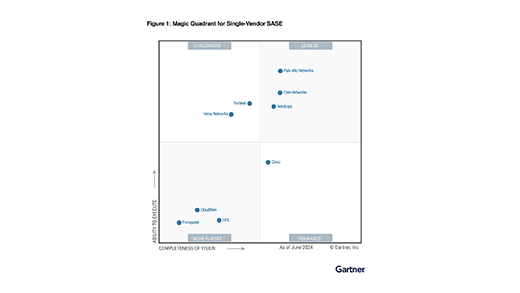I recently wrote a blog post outlining what to do in the first 24 hours after you have been breached, and in my conclusion I mentioned that capturing the incident in a case study could help unlock budget in future. Today, I want to look at this in more detail, and consider the approaches you can take to analyse the cost of a breach in order to make a request for appropriate preventative spend.
Security teams often attempt to capture the hypothetical cost of a data loss incident, but it is incredibly hard to convincingly calculate the complex factors of a potential data loss incident because every organisation will require its own formula based on its business model, market conditions, and the data it holds. Not all data is equal, and even within a single data set, value and associated risk can fluctuate dramatically over time. And then there is the fact that these calculations are hypothetical anyway—even if you reach a defensible number you have to anticipate a reluctance to acknowledge the likelihood of the incident occurring in the first place.
After an incident has occured, you are perfectly placed to prove not only that incidents occur, but that they have real costs attached.
So let’s picture ourselves coming out of a breach, one that was identified as a data loss incident. Where do we start in assessing the true costs?
1. Loss of productivity
This cost category should capture any reduction in the organisation’s ability to generate value from the core business proposition during and after the incident. Make sure you capture this using metrics that the board recognises and agrees with. Time is your root number here—how long was the business impacted? Use financial reports to determine what revenue would usually be achieved in that time, using the systems or data sources that were unavailable or lost during the breach.
2. Response costs
Here you should detail all expenses which were accrued in managing the incident. This may include internal resource costs (time and equipment), as well as supplier fees. Don’t limit this to IT team costs; include lawyers, communications support, and anyone else who was pulled into the incident both internally and externally.
3. Cost of replacement
While “response costs” covers assets that were able to be fixed or reconstructed, there will be others that are lost or damaged in a breach that will need replacing—including the data itself. This value will vary widely depending on the nature and extent of the data loss, and whether it is lost from the organisation, or lost to the organisation (i.e. does the organisation still have the data itself or does it need replacing). List prices can provide quotations on replacement infrastructure or hardware assets. Insurance costs (both third-party and warranty policies) with suppliers should be included here.
4. Fines and judgement fees
It can take some time to get a clear picture of any costs that are incurred in this category, but the moment you are aware either that you are potentially liable, or that a complaint has been raised relating to your breach, you can include these in your cost calculation. If your breach might incur a fine of up to 4% revenue from a supervisory authority in relation to the GDPR—for instance—and you are asking for significantly less budget to rectify the issue, it is worth noting that there is precedent for authorities to lessen the fine imposed as a result of the response you demonstrate, even after the event.
5. Loss of competitive advantage
Following a breach, organisations can see a decline in the value of competitively differentiating assets. This isn’t an easy one to identify, but the value of individual data sets within large organisations is something that should be assessed and measured by individual data owners within each team (engineering, product, marketing, HR, etc). These data owners understand the lifecycle, value, and use of their specific data and it is a valuable conversation to see if they can put a more accurate number on the impact of any loss of data.
6. Reputational damage
The scale of reputational and brand damage depends on the organisational business model, and the details of the incident with reputation-related costs being either minor, moderate or substantial. Reputational damage can be predicted based on the percentage of lost customers or customers who limit their use of your services for a period after a breach. This can often lead to the most substantial disruption to the organisation and may last months, years or indefinitely until reputation is restored, so temporal factors should be included along with potential impact to the supply chain through terminated contracts.
For security teams who struggle to get appropriate budgets to ensure appropriate security, a breach will often clear the path to obtaining the correct budget. Once the immediate issue has been dealt with, you are left with a tailored case study and the perfect business case for security spend reviews and potential increase in investment in vulnerable areas. There’s more helpful advice on assessing the impact of a data loss impact in this paper.




 Retour
Retour 
















 Lire le blog
Lire le blog